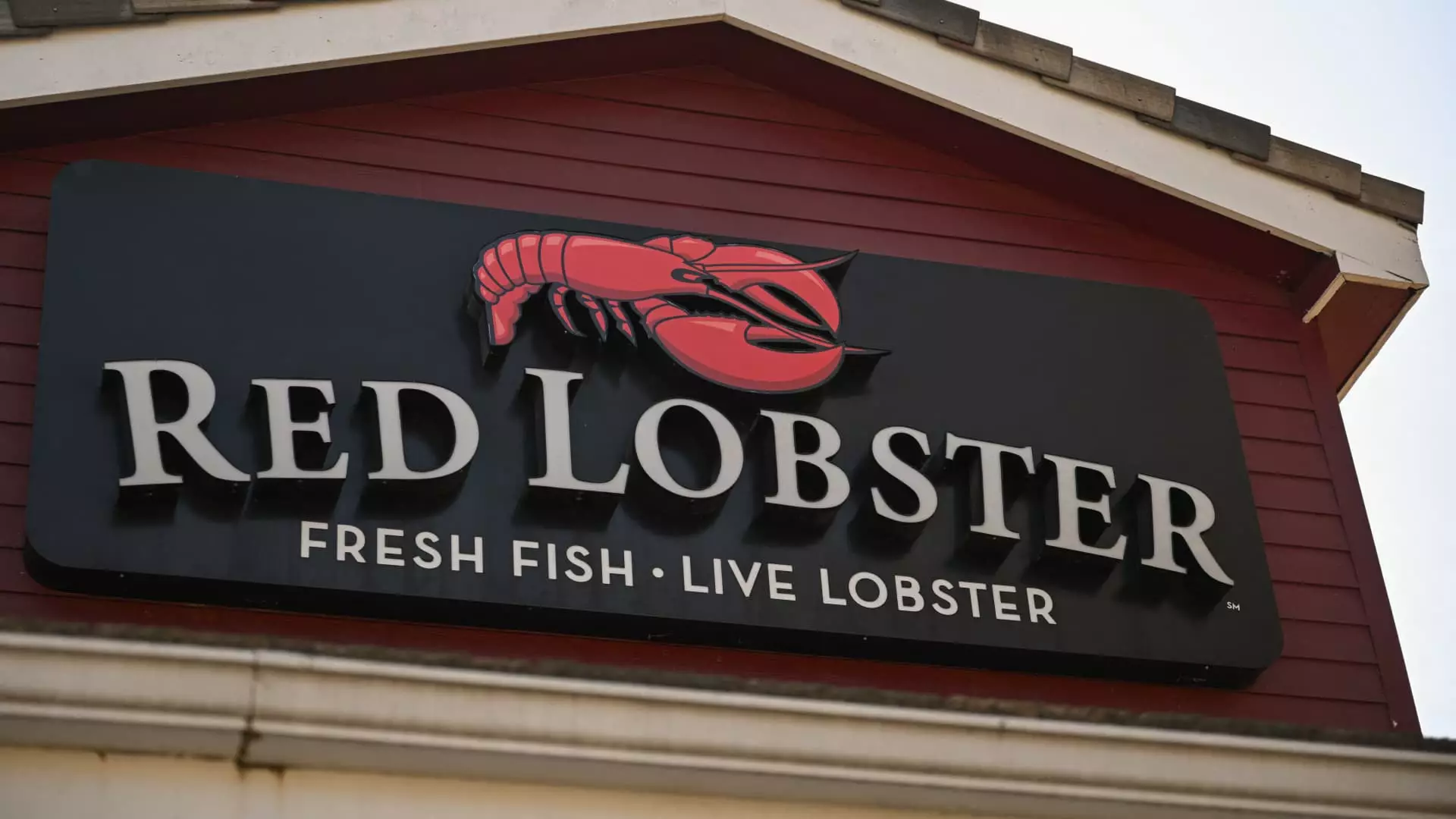The year 2024 has brought with it an alarming surge in restaurant bankruptcy filings, reflecting a larger trend of corporate bankruptcies across various sectors. The rising costs and reduced consumer spending have significantly impacted the restaurant industry, leading to at least 10 restaurant chains filing for bankruptcy. The current economic climate, coupled with diminishing government support, has created a challenging environment for eateries of all sizes.
Mediterranean fast-casual chain, Roti, found itself in distress when it filed for Chapter 11 bankruptcy protection in August. The company, which operates 22 locations, cited struggles during the Covid-19 pandemic as one of the primary reasons for its financial troubles. Roti’s efforts to keep its doors open while searching for new buyers or investors highlight the harsh realities faced by many restaurant chains during these unprecedented times.
Buca di Beppo, an Italian American chain with 44 remaining locations, succumbed to financial difficulties and sought bankruptcy protection in August. Despite keeping some outlets operational, the chain’s woes were attributed to rising costs and labor challenges. The chain’s history, marred by controversies, sheds light on the complexities faced by even well-established restaurant brands in the current economic landscape.
The tavern chain, World of Beer, faced economic hardships that led to its decision to file for bankruptcy protection in August. High-interest rates, inflation, and changing consumer behaviors post-pandemic were cited as the primary reasons for the chain’s financial struggles. The company’s restructuring plans underscore the importance of adaptability and resilience in the wake of evolving market conditions.
Fast-casual chain Rubio’s Restaurants filed for Chapter 11 bankruptcy protection in June, signaling the impact of rising operating costs and changing consumer habits on the restaurant industry. Despite challenges such as food and utility cost increases and minimum wage hikes, Rubio’s was able to secure a sale to TREW Capital, emphasizing the brand’s resilience in the face of adversity.
The examples of failed ventures such as Sticky’s Finger Joint, Red Lobster, and Kuma’s Corner illustrate the various factors contributing to the downfall of restaurant chains. From rising commodity costs to failed promotions and strategic missteps, these cases serve as cautionary tales for businesses seeking to navigate the volatile landscape of the food industry.
As the restaurant industry continues to grapple with economic challenges and changing consumer behaviors, it is crucial for businesses to prioritize adaptability, innovation, and prudent financial management. While bankruptcy filings may offer a lifeline to struggling establishments, long-term sustainability requires a comprehensive reevaluation of business models, operational strategies, and customer engagement approaches. By learning from past failures and leveraging emerging opportunities, restaurants can chart a path towards recovery and growth in an ever-evolving market environment.


Leave a Reply